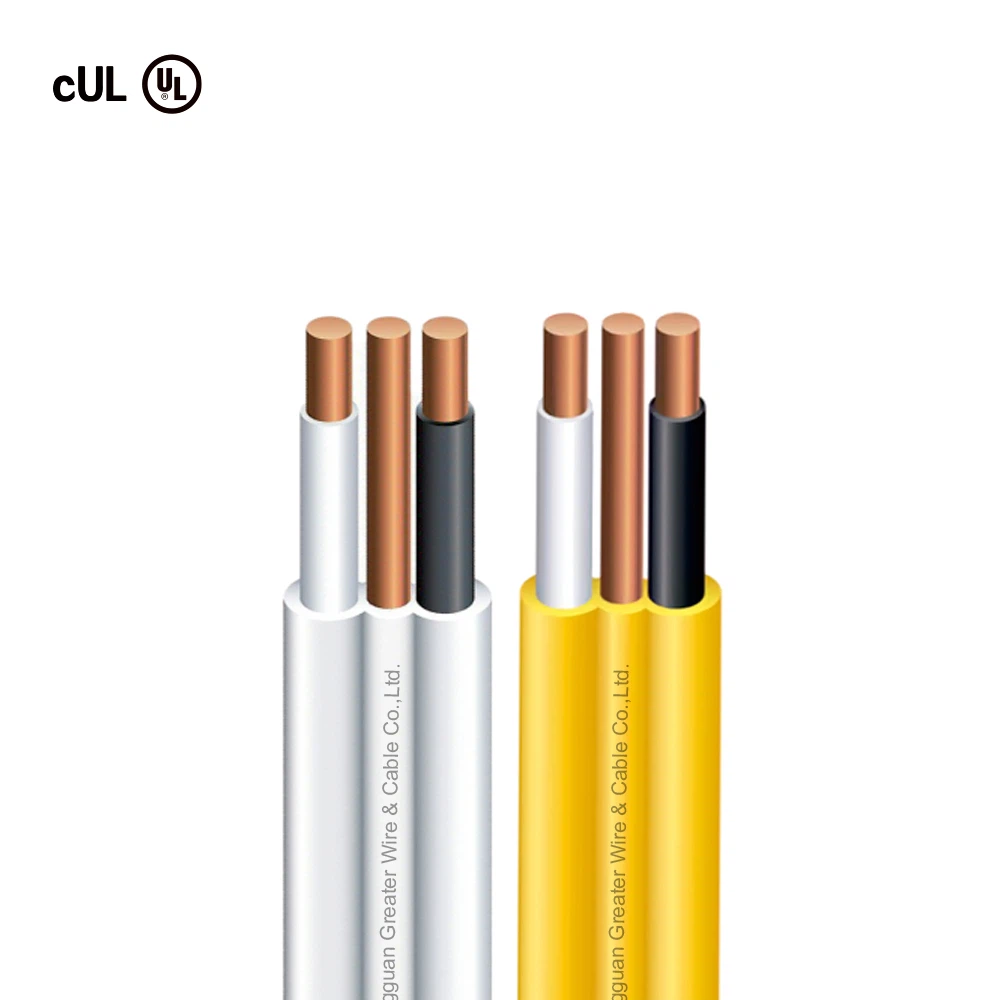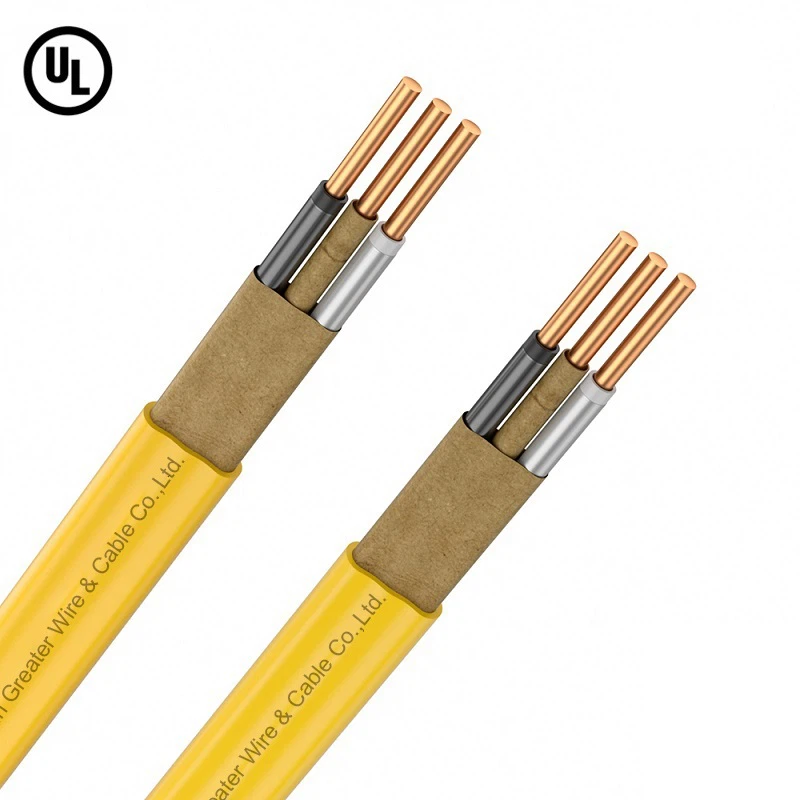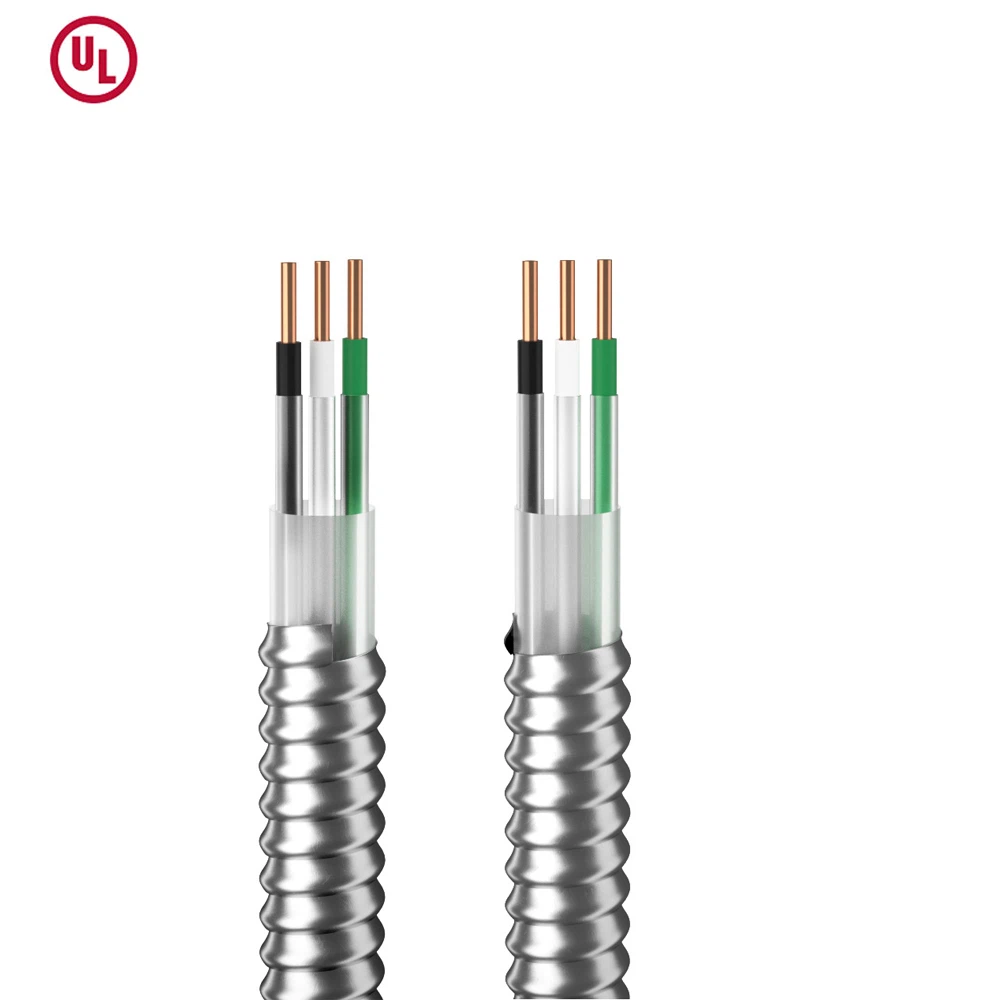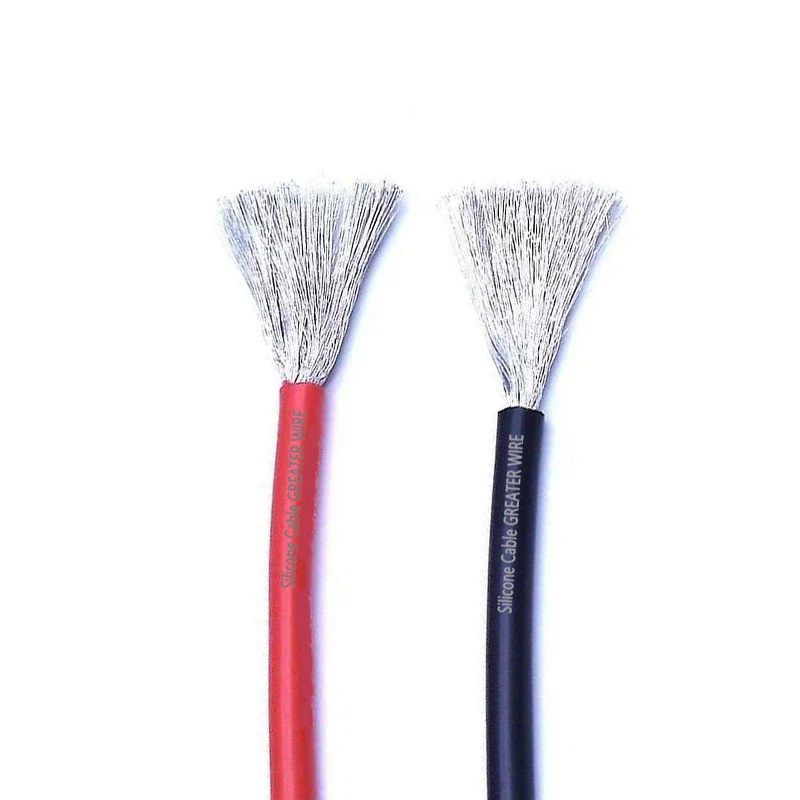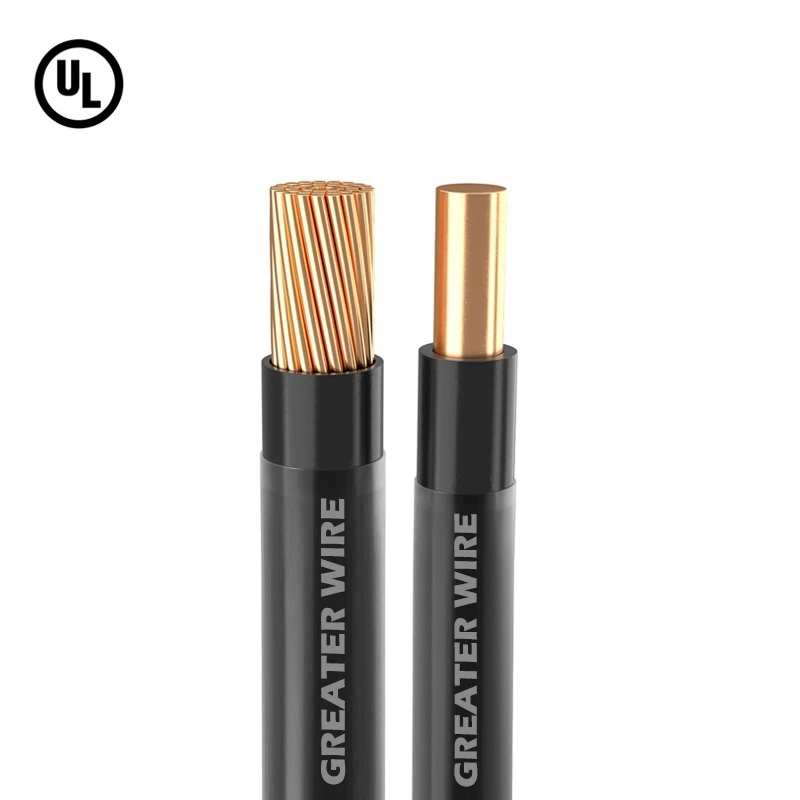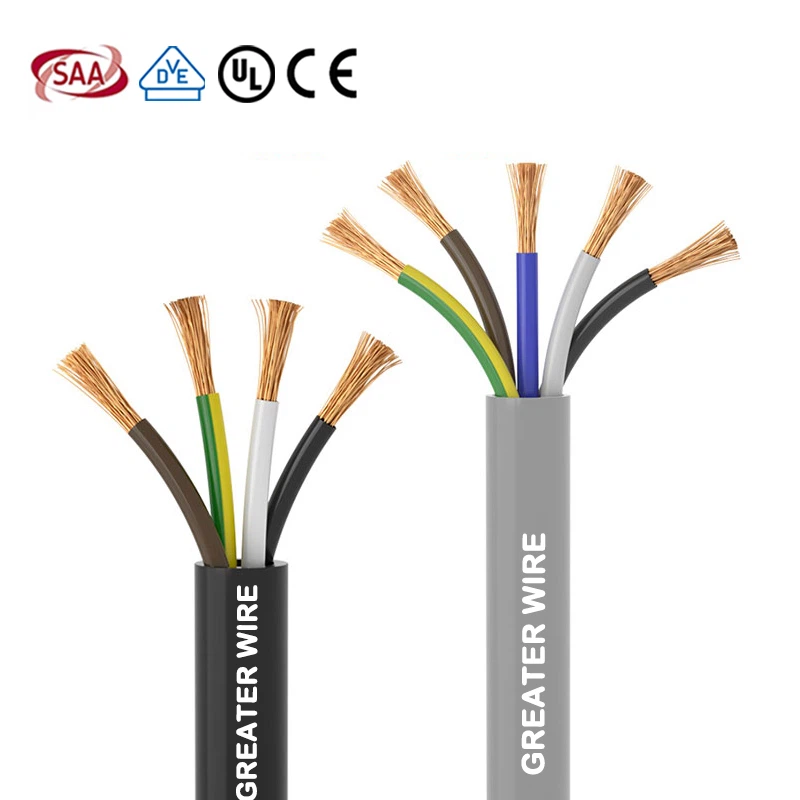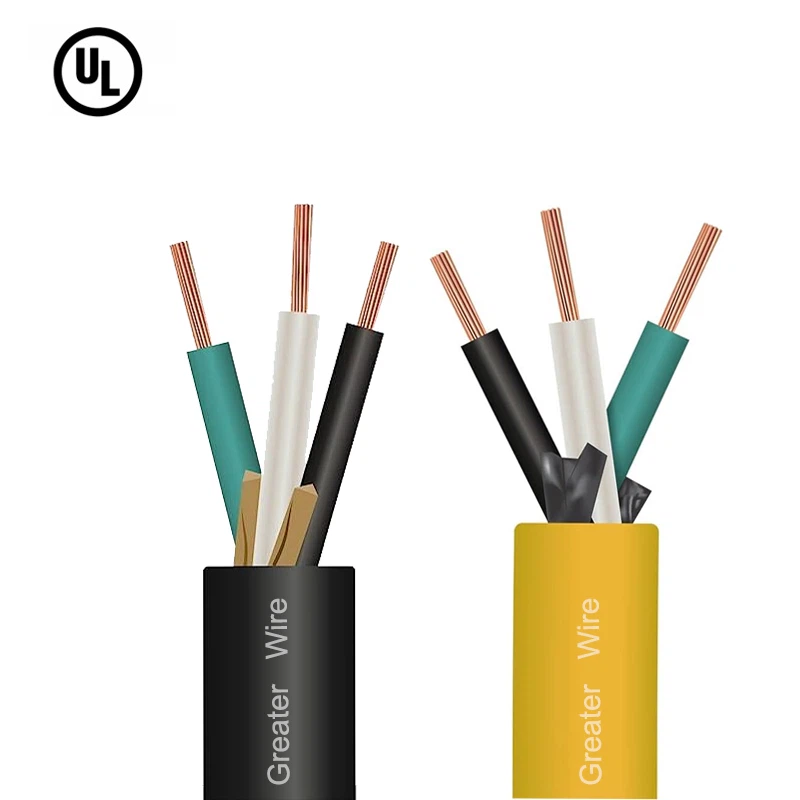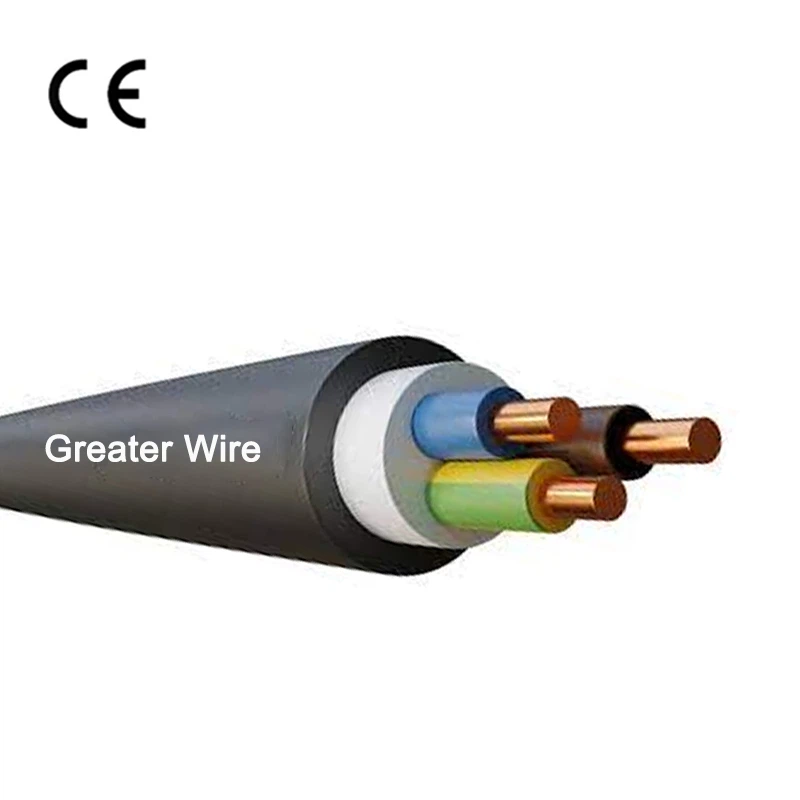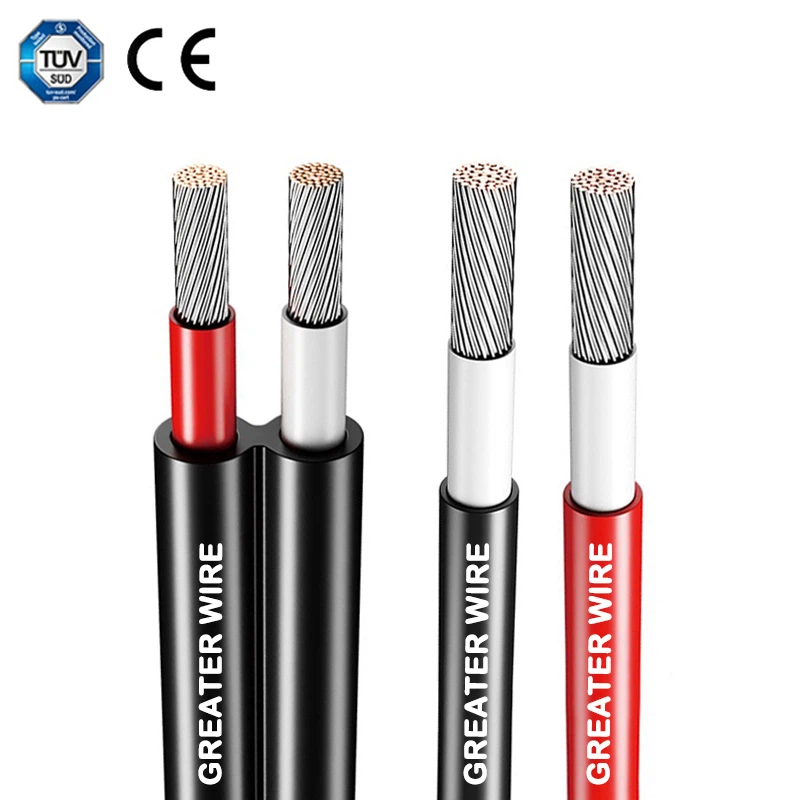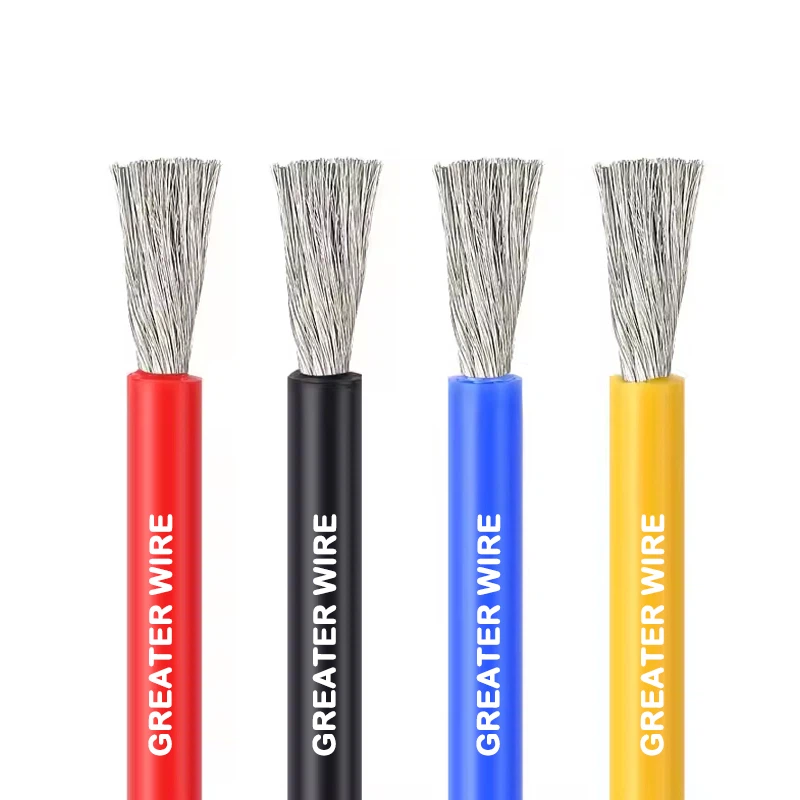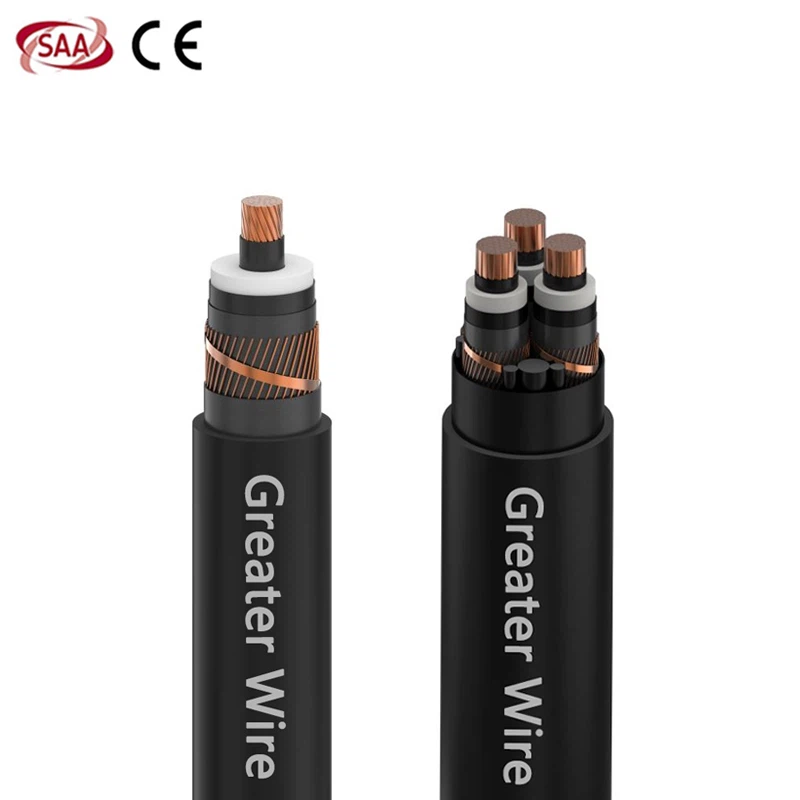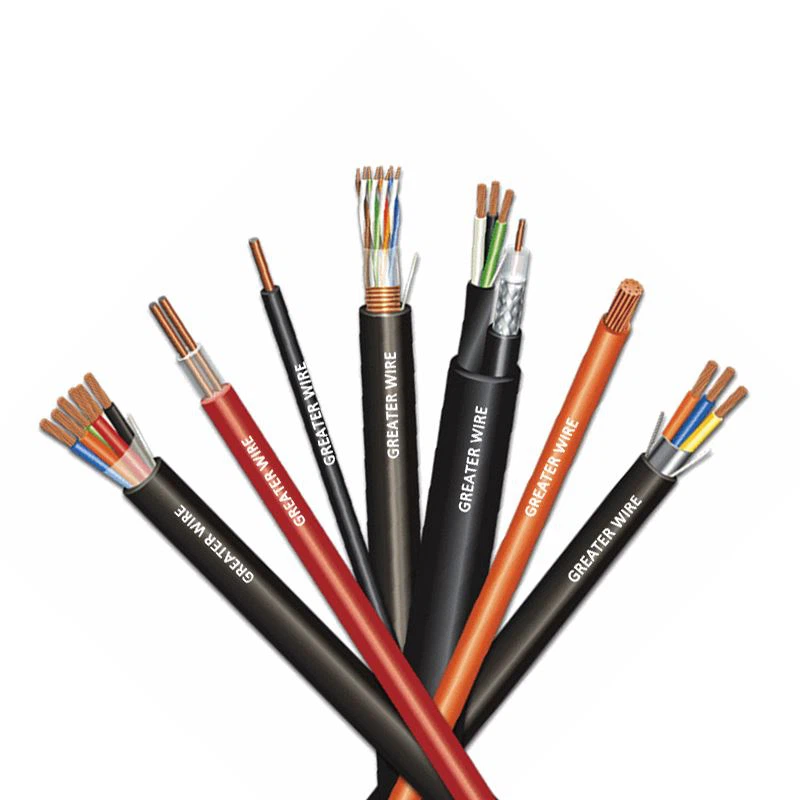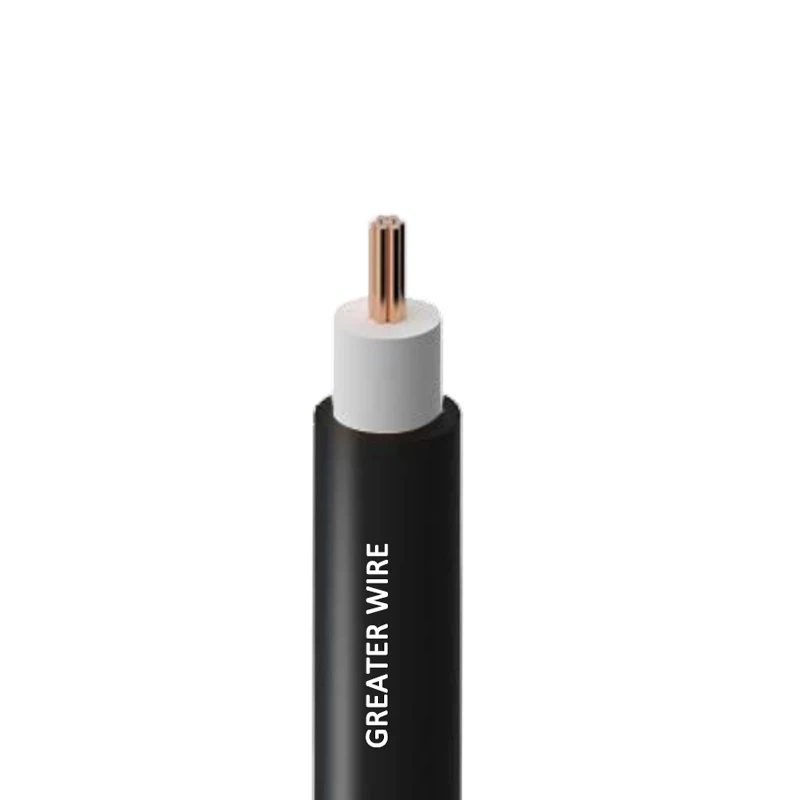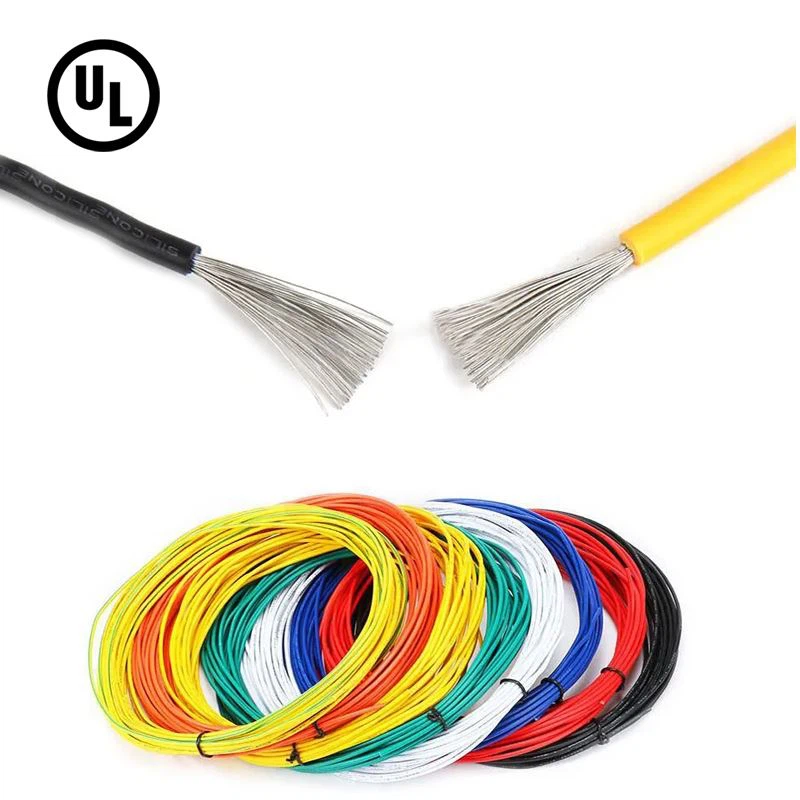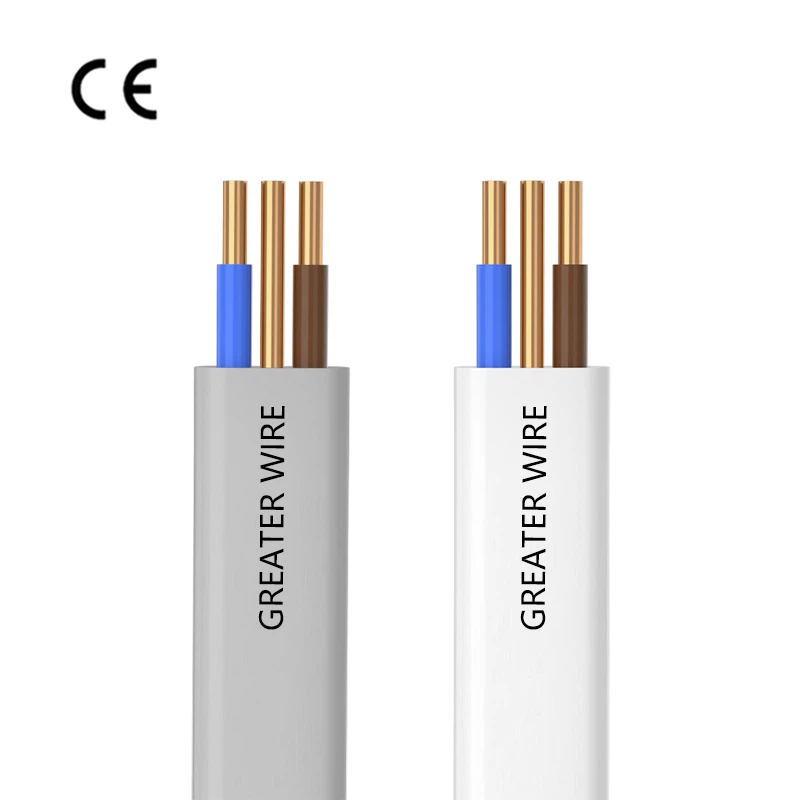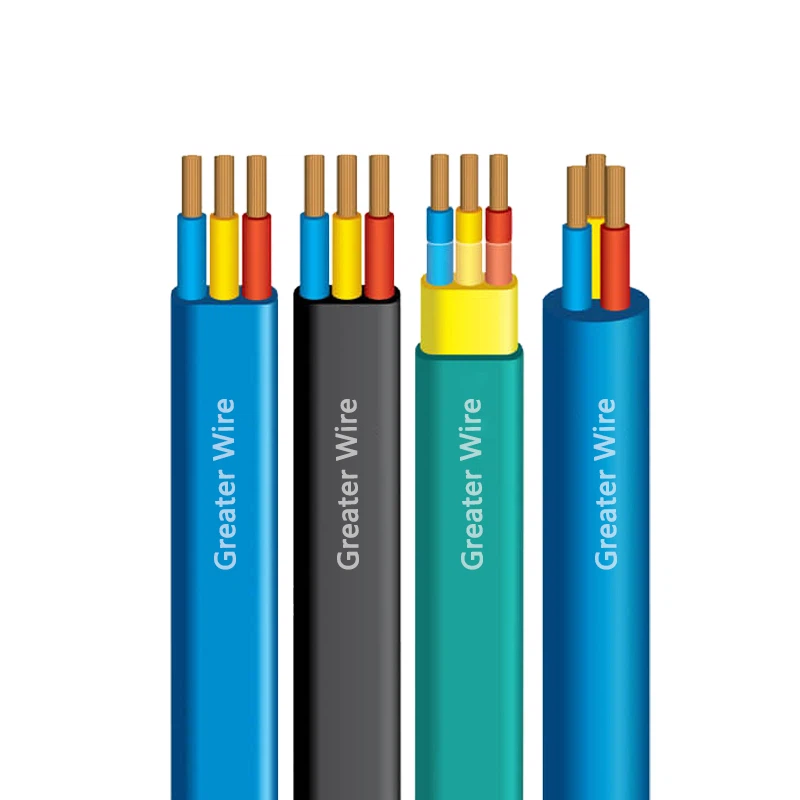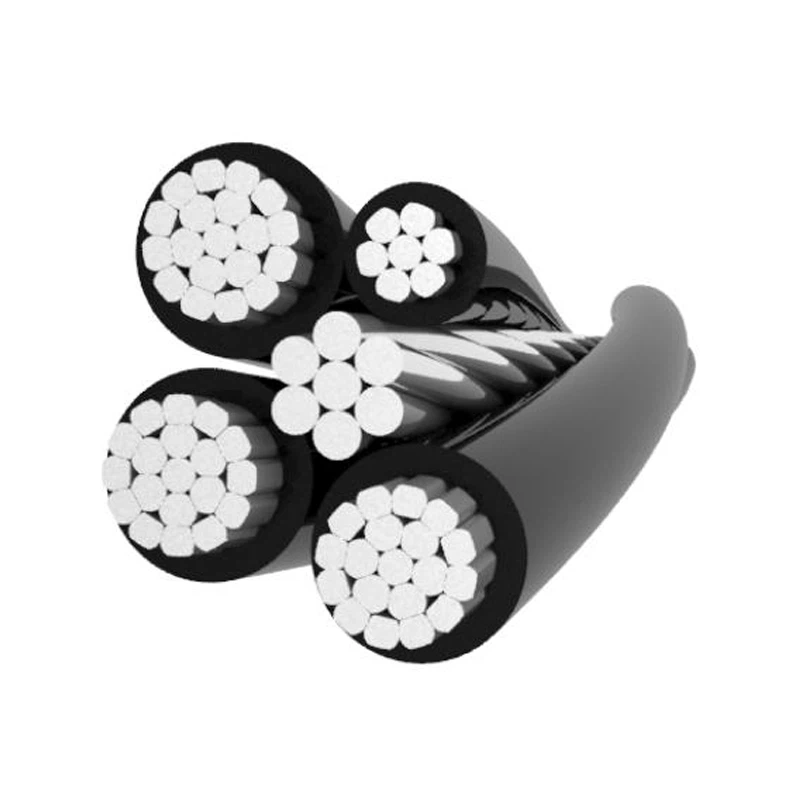The conductor material is a crucial component in any solar cable or solar wire, as it directly influences the efficiency, performance, and durability of a solar power system. One such widely used cable type in photovoltaic (solar) applications is the PV1-F cable. This article delves into the specifics of the conductor material used in PV1-F cables, comparing it with other types of solar cables, and exploring its role in solar installations.
1. Overview of PV1-F Cable
Before discussing the conductor material of the PV1-F cable, let's first understand what PV1-F cables are and their general purpose.
The PV1-F cable is a solar wire specifically designed for use in photovoltaic systems. These cables connect the solar panels to the inverter and the battery storage system, ensuring the safe and efficient transmission of electricity. PV1-F cables are built to handle the high DC (Direct Current) voltages generated by solar panels and are designed to be durable and resistant to external environmental factors such as sunlight, moisture, and extreme temperatures.
Key characteristics of PV1-F cables include:
Voltage Rating: Up to 1,000 V DC, making it suitable for most residential and commercial solar systems.
Insulation: Cross-linked polyethylene (XLPE) or thermoplastic elastomer for excellent thermal resistance.
UV Resistance: Designed to withstand prolonged exposure to ultraviolet light, essential for outdoor applications.
Temperature Range: Typically between -40°C to +90°C, ensuring stability in a variety of climates.
Flexibility: Easy to install, particularly in complex layouts, due to its flexibility.

2. Conductor Material of PV1-F Cable
The conductor material is one of the most critical aspects of any solar cable. It determines the conductivity, resistance, and overall efficiency of the cable. In the case of the PV1-F cable, the conductor material is typically made of copper. Copper is the standard material for the conductors in most solar wires due to its superior electrical conductivity and other performance attributes.
2.1 Why Copper?
Copper is widely recognized for its excellent electrical conductivity, making it the ideal choice for cables used in energy transmission, including solar cables. Here's why copper is chosen as the conductor material for PV1-F cables:
High Electrical Conductivity: Copper has one of the highest electrical conductivities among all metals, surpassed only by silver. This allows PV1-F cables to transmit electricity efficiently with minimal losses, ensuring that the solar system operates optimally.
Durability and Longevity: Copper is highly resistant to corrosion, which is crucial for cables exposed to harsh environmental conditions. Over time, the ability of copper to resist rust and corrosion ensures that PV1-F cables maintain their efficiency and performance for decades, often well beyond 25 years, which is typical for solar systems.
Flexibility: Copper is a relatively soft metal compared to other metals like aluminum, allowing PV1-F cables to be highly flexible. This flexibility is essential in solar installations where cables must be routed through tight spaces or complex layouts.
Heat Resistance: Copper is capable of withstanding high temperatures without significant degradation. This property is essential in solar cables because they can be exposed to extreme weather conditions, including high temperatures during peak sunlight hours.
Thermal Conductivity: In addition to electrical conductivity, copper also offers excellent thermal conductivity. This means that PV1-F cables can dissipate heat effectively, preventing overheating during peak electrical loads.
2.2 Copper versus Other Materials (e.g., Aluminum)
Although copper is the standard conductor material for PV1-F cables, it's useful to compare it with other materials, such as aluminum, which is also used in certain solar cable applications.
Copper vs. Aluminum: Copper, as mentioned, has better electrical conductivity and mechanical strength compared to aluminum, which is why it is favored in solar wire manufacturing. Aluminum conductors are more lightweight and less expensive, but they require a larger cross-sectional area to carry the same current as copper. This makes copper conductors more efficient in terms of performance and cost-effectiveness in the long run.
Efficiency: Copper's higher conductivity reduces energy losses during transmission, which is particularly important in solar power systems where maximizing energy efficiency is crucial.
Longevity: Copper's natural resistance to corrosion is another significant advantage. While aluminum conductors can corrode over time, especially in the presence of moisture, copper conductors are more resistant to environmental damage, ensuring the cable lasts longer.
2.3 Conductivity and Electrical Performance
The primary role of the conductor in any solar cable is to carry electricity efficiently from the solar panel to the inverter and other parts of the system. The copper conductor in PV1-F cables ensures low resistance and high current carrying capacity, which directly impacts the efficiency of the solar power system.
Resistance: The resistance of the copper conductor in PV1-F cables is significantly lower than other materials, reducing energy losses. This allows for a more efficient system where less energy is wasted as heat.
Current Carrying Capacity: Copper's excellent conductivity ensures that PV1-F cables can carry large currents without significant heating, reducing the risk of damage from overheating and ensuring a stable power supply from the solar panels to the inverter.

3. Manufacturing Standards for Copper in PV1-F Cables
The copper conductor in PV1-F cables adheres to strict industry standards to ensure its performance and safety. The copper used in these cables is typically annealed to improve its flexibility, which makes the cables easier to install and more resistant to mechanical stresses.
Cable Construction: The copper conductor is often stranded, meaning it is made up of multiple smaller copper wires twisted together. This enhances the flexibility and strength of the cable, making it easier to install and handle during solar system setup.
IEC Standards: PV1-F cables are designed and manufactured according to international standards, particularly the IEC 60216 standard for solar cables. This ensures that the copper conductors meet specific requirements for safety, performance, and longevity.
Wire Gauge: The thickness of the copper conductor, also known as the gauge, varies based on the current carrying requirements. A thicker wire gauge is used for higher current applications, ensuring that the conductor can handle the energy load without excessive heating or failure.

4. Advantages of Copper Conductor in PV1-F Cables
The copper conductor offers numerous advantages in solar cables, especially when used in PV1-F cables:
High Efficiency: As mentioned, copper offers the best electrical conductivity, which minimizes energy losses. This is crucial in solar systems, where efficiency is key to maximizing the generation of solar energy and ensuring a high return on investment.
Reliability and Durability: Copper's resistance to corrosion and its ability to withstand extreme temperatures make it ideal for outdoor applications like solar power installations. This durability ensures that PV1-F cables perform well throughout their long service life.
Compliance with Industry Standards: Copper conductors in PV1-F cables comply with various international standards for safety, performance, and longevity. This ensures that the cables meet the required electrical, mechanical, and environmental specifications for use in solar systems.
Temperature Stability: Copper's ability to withstand high temperatures without losing conductivity makes it particularly useful in solar applications where heat buildup is a concern. This ensures that the cable maintains its electrical performance even under high load conditions.



